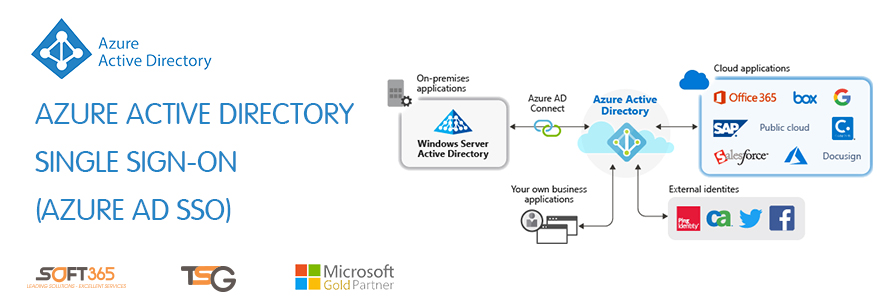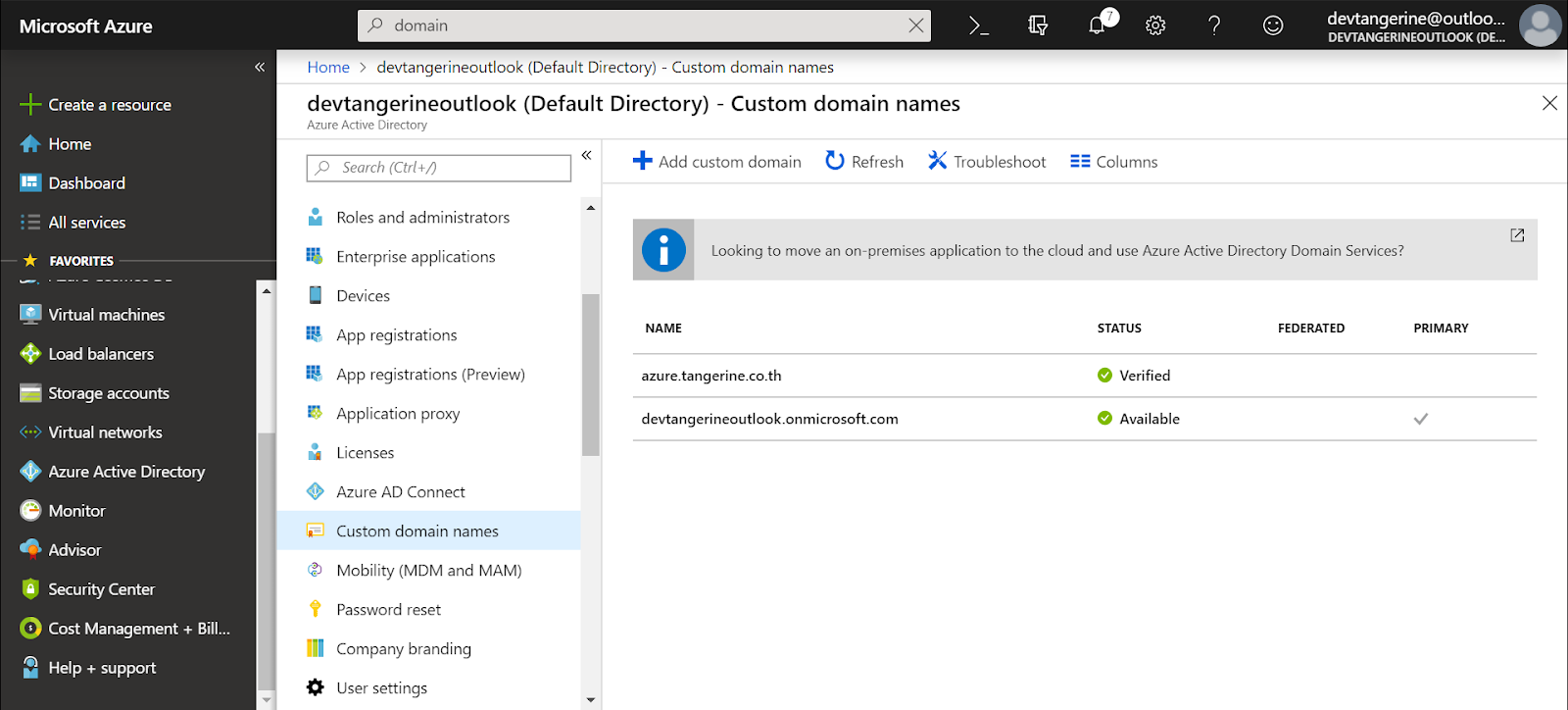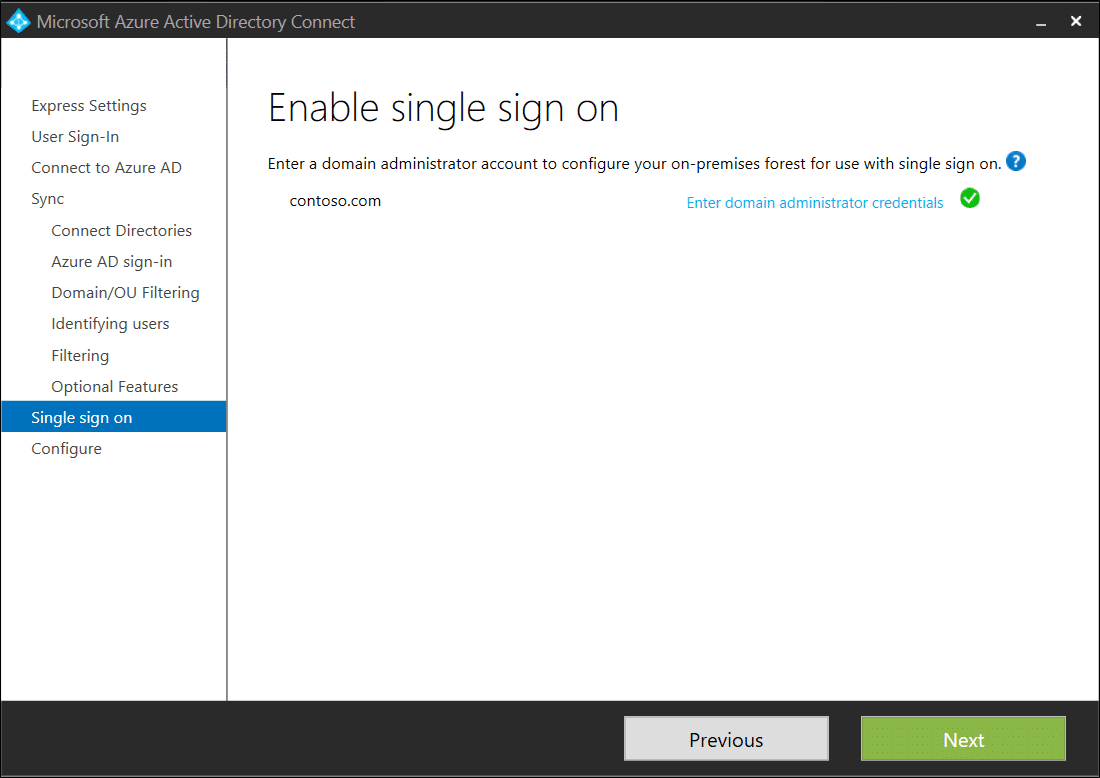

You can share the "Login URL" value, which will be used for SP-initiated SSO, with the users in your organization.

After successful authentication, you'll be redirected to Sentry's SSO configuration page, where you can take the following actions: Sentry will attempt to authenticate and link your account with Azure. In the next page, enter the following keys in their respective fields to map the attributes from AzureAD to Sentry, and then save them.įor more details about mappings for custom configs, see The Role of Claims. Paste the App Federation Metadata URL from above and click "Get Metadata". Navigate to your Org Settings > Auth (or go to ) and click on "Configure" for Active Directory. In Section (3), labeled "SAML Signing Certificate", copy the "App Federation Metadata URL". Reply URL (Assertion Consumer Service URL): Set up single sign-on" and then select SAML as your single sign-on method.įor Section (1), labeled "Basic SAML Configuration", enter the following data in each line and save your changes.Įnsure that the URL includes a trailing slash to prevent Azure from throwing a misconfiguration error (AADSTS650056). Add yourself and the group you've created to the Sentry app. Assign users and groups", then "+ Add user". Once the application is created, you'll be directed to Sentry - Overview.Ĭlick on "1.

Search for Sentry to create the application. In the search bar, enter Enterprise Applications, then navigate to it. For more details about group creation, see the Azure docs. From there, create a new group, add an owner and members to the group. In the search bar, search for "Groups" then navigate to it. If you don't require a permission group for Sentry, skip to Step 5. This takes you to the Organization Overview page.

Under "Manage Azure Active Directory" (the picture of the shield), click "View". If you change your organization slug, you'll need to make the same update in the steps where you enter the SAML configuration values.


 0 kommentar(er)
0 kommentar(er)
